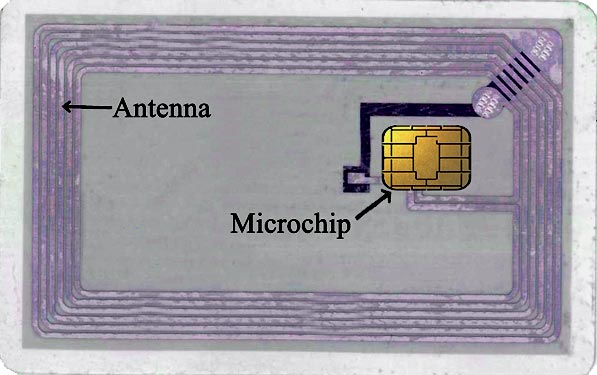maximus otter
Recovering policeman
- Joined
- Aug 9, 2001
- Messages
- 13,952
Searches for missing British actor Julian Sands have continued by air only, with authorities using new technology that can detect electronic devices and credit cards.
San Bernardino County Sheriff’s Department said it was “hopeful” that the technology would be able to more accurately pinpoint an area on which to focus efforts.
On Wednesday, the sheriff’s department tweeted: “The search for Julian Sands continues by air only.
“The California Highway Patrol – Valley Division Air Ops from Auburn, California, is currently assisting us in the search using a Recco device.
“Recco technology can detect Recco reflective material, electronics, and in some cases, credit cards.”
https://www.msn.com/en-gb/news/worl...ing-search-for-actor-julian-sands/ar-AA16KobQ
The Recco website.
l can understand a hiker or traveller buying one of Recco’s radar reflectors to assist in rescuers locating them in an emergency, but this application of the technology seems a little…conspiracy-capable?
I was dimly aware that credit cards had RFID chips, but l wasn’t aware that crefit cards could be detected from the air.
maximus otter
San Bernardino County Sheriff’s Department said it was “hopeful” that the technology would be able to more accurately pinpoint an area on which to focus efforts.
On Wednesday, the sheriff’s department tweeted: “The search for Julian Sands continues by air only.
“The California Highway Patrol – Valley Division Air Ops from Auburn, California, is currently assisting us in the search using a Recco device.
“Recco technology can detect Recco reflective material, electronics, and in some cases, credit cards.”
https://www.msn.com/en-gb/news/worl...ing-search-for-actor-julian-sands/ar-AA16KobQ
The Recco website.
l can understand a hiker or traveller buying one of Recco’s radar reflectors to assist in rescuers locating them in an emergency, but this application of the technology seems a little…conspiracy-capable?
I was dimly aware that credit cards had RFID chips, but l wasn’t aware that crefit cards could be detected from the air.
maximus otter



